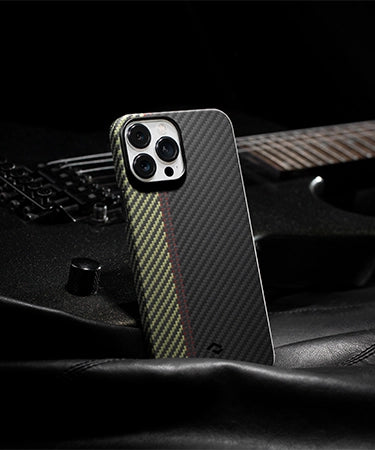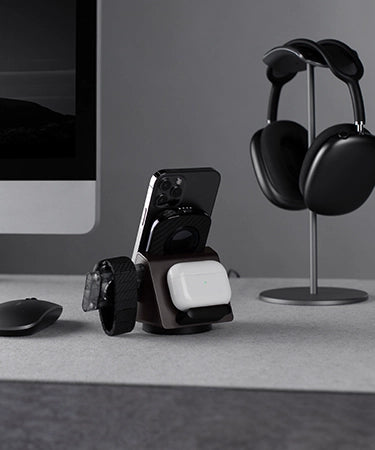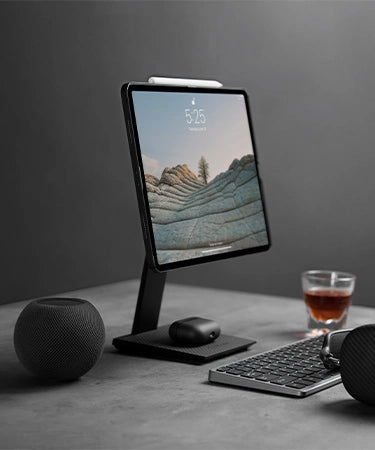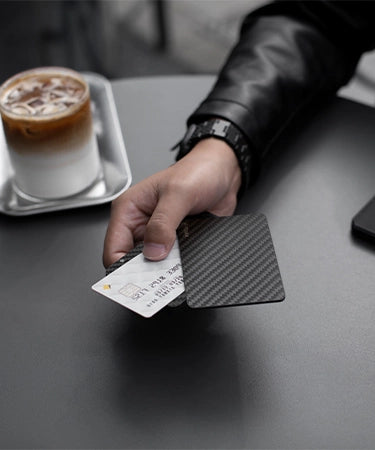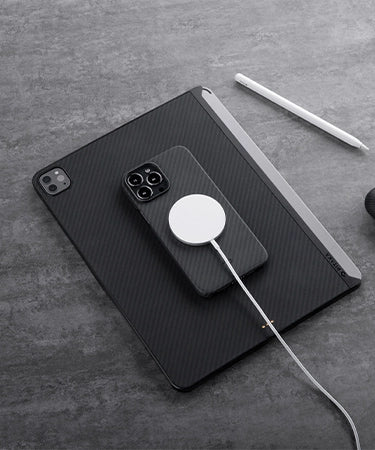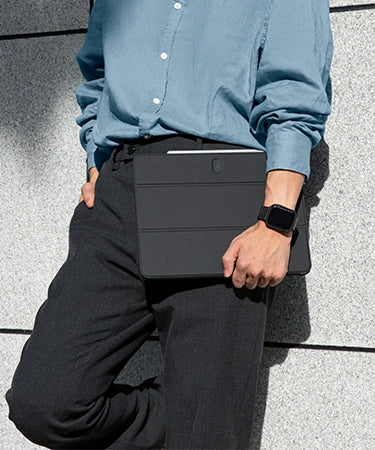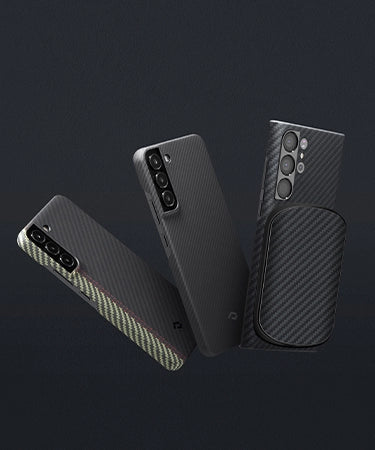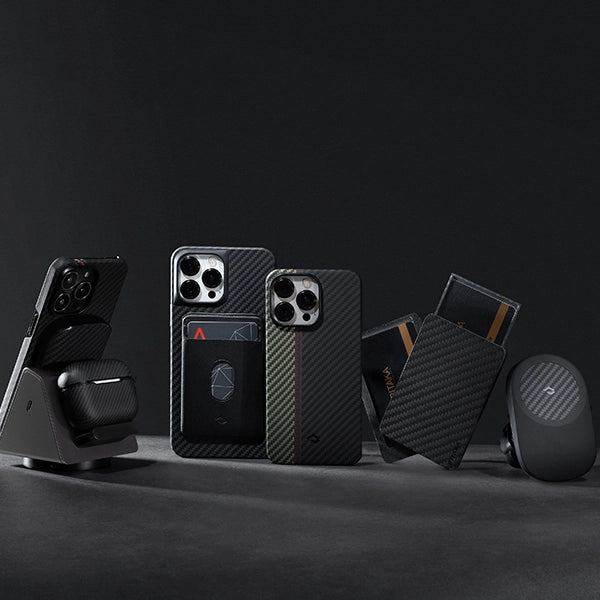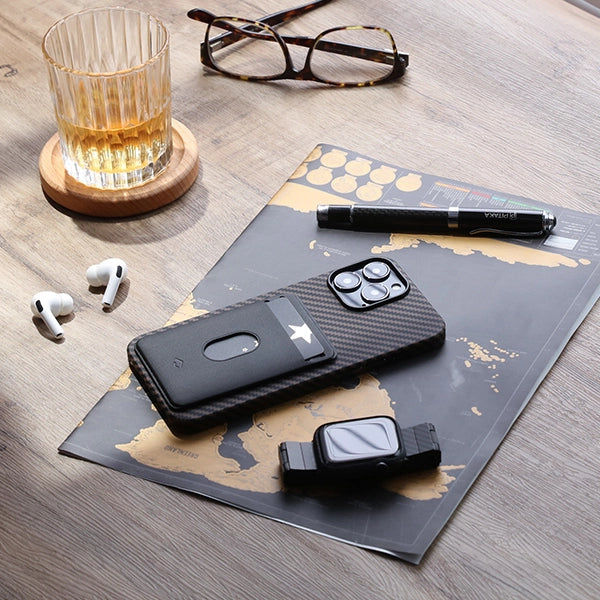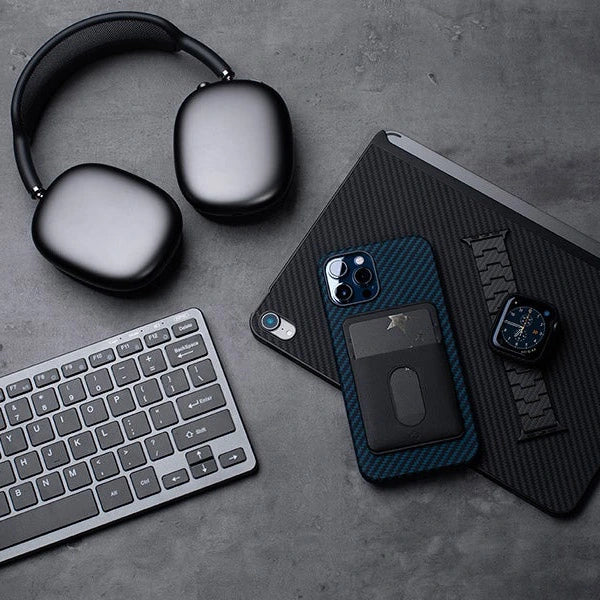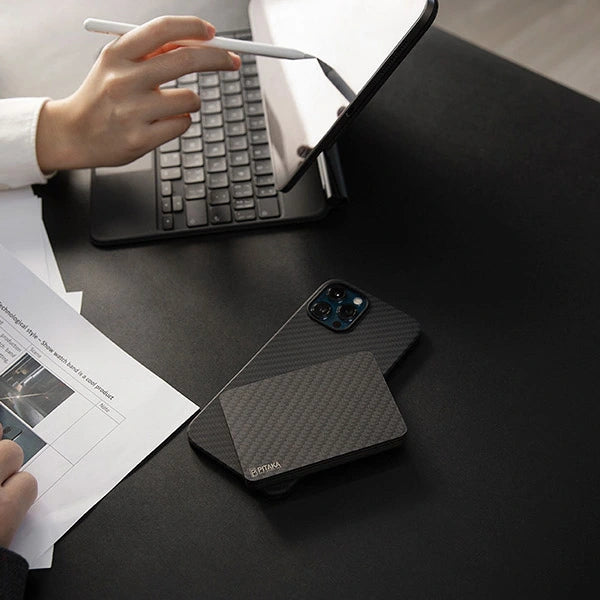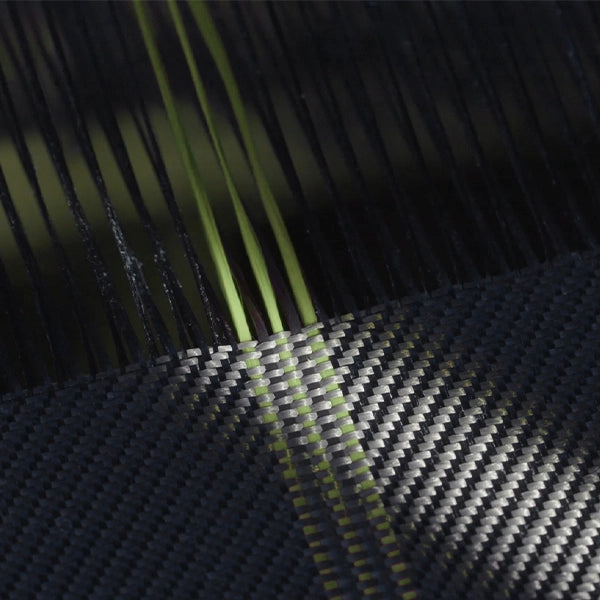
It’s been a little while since the launch of the iPhone 12 Series, along with the MagSafe Charger. Since its release, many users have complained that the charging puck doesn't charge as fast or as efficiently as Apple claims it does, especially when it comes to 15W fast charging.
In this article, we'll discuss some of the issues behind the MagSafe Charger
and offer some ways to improve charging speeds.
What to Do If My MagSafe Is Not Charging?
Be aware that charging a non-MagSafe Qi device, such as iPhone 11 or other smartphones, on the MagSafe charger takes quite some time. It could be slower than a typical third-party Qi charger, which may give you the wrong impression that it’s not charging at all.
If indeed your MagSafe is not charging, check if there are things between your phone and the MagSafe, like credit cards, coins, etc. Fundamentally, the MagSafe charger is just another wireless charger or a magnetic wireless charger. When it’s not charging, you may refer to this troubleshooting guide.
Why Am I Not Getting 15W Charging My iPhone On the MagSafe Charger?
While designed specifically for the iPhone 12 lineup, the MagSafe Charger is also compatible with Qi-enabled devices. That means you can use it to charge the iPhone 12, older iPhone models, and AirPods with wireless charging.

However, only the iPhone 12, iPhone 12 Pro, and iPhone Pro Max models can get the full 15W of delivered power from the magnetic puck. And it can only be triggered when the power of the PD adapter is 20W or above. In other words, you have to use adapters at or above 9V/2.56A to achieve these charging speeds. The iPhone 12 mini can only reach up to fast wireless charging speeds of 12W. Older iPhone models or Android smartphones are limited to 7.5W charging.
How Fast is the MagSafe Charger?
With the correct power brick, you can fast-charge an iPhone 12 up to 30% in around 30 minutes, but it takes 3-4 hours to charge up to 100%.

As you may already know, following the standard Lithium-ion charging cycle, a phone charges faster when the battery is low and slows down when the battery energy level increases. Fast charging is relatively ineffective when your battery is over 80%. Charging may appear much slower or even stop at 80% if you have Optimized Battery Charging turned on on your iPhone.

During our tests charging an iPhone 12 using an Apple MagSafe Charger, 15W fast-charging only lasted for a few minutes, before dropping to 7.5W and finally down to about 5W.
iPhone 12 power delivery does depend on many factors: room temperature and size, length, and quality of the cable used, as well as system activity, etc. So the time needed for a full charge can fluctuate dramatically. Among the tests carried out by PITAKA engineers, one took 4.5 hours to charge an iPhone 12 from 0% to 100%, mainly due to the high indoor temperature (82.4℉/28C) of the lab during the test.
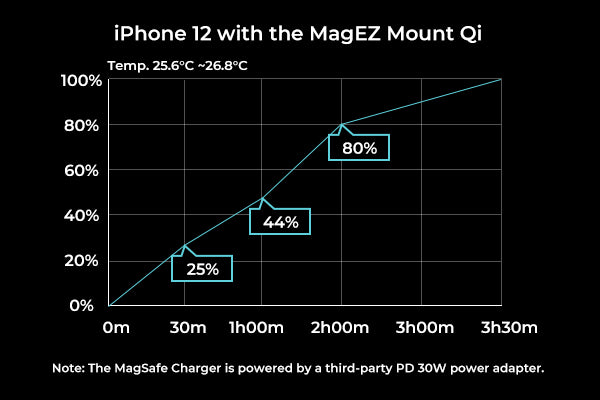
Therefore, it’s no surprise that under certain conditions a 7.5W wireless charger, such as one with a built-in fan for heat dissipation, can be efficient as the 15W MagSafe Charger when charging your iPhone 12 to 100%.
Why doesn’t My iPhone Achieve Fast Charging Speeds from the MagSafe Charger?
If you find that the MagSafe Charger is not offering the full 15W (measurable with an app) whether you only have 10% battery left, or it's just taking too long to reach 100%, here are some tips:
1. Be aware of how much wattage your iPhone can draw.
Different phone models have varied performances, as we mentioned above. For example, the MagSafe Charger can only deliver up to 7.5W of power to an iPhone 11. In reality, the difference between the magnetic charging pad and the old 5W wired charger is so insignificant it appears that they deliver power at the same pace.
2. Make sure the power adapter you use to connect to the MagSafe Charger is up to scratch.

Some reports and reviews are citing that the MagSafe Charger's 15W fast charging requires the Apple 20W power adapter. But this isn't true. Any standard USB-C PD 20W power adapters (or above) should work. Theoretically, a 15W power adapter should receive 15W from the MagSafe Charger; however, 20W is the minimum required to guarantee the full delivery power per Apple’s official statement.
3. Remove your iPhone, wait a few seconds, and then put it back on.

According to Apple, placing your iPhone on the charger before plugging in the power source may cause the magnetic puck to stall, as it can't verify that it's safe to deliver power. There may also be occasions when the phone is positioned incorrectly, despite its auto-alignment function, so lifting and repositioning the device may help.
4. Avoid extreme temperatures
This rule applies to all charging technologies. All chargers get warm during charging, but the phone's software begins to protect itself and pauses charging when the temperature increases too much. Pay attention to the charger's temperature when the battery stops at 80%.
Is Fast Charging Better?
It may not be. Many 'fast chargers' don't always charge your phone faster than a standard charger. Some of PITAKA’s magnetic wireless chargers, with 5W or 7.5W, can fully charge the iPhone 12 in about 3.5 hours, pretty much the same performance as Apple's magnetic charger. Second, fast charging may speed up the degrading of the battery.
Charging your phone on a more regular basis, instead of waiting for the battery to die, means that fast charging is mostly unnecessary. In general, fast charging works best when your phone is below 50%, and you need a great deal of power in the shortest possible time.
Read more:
- Apple MagSafe: Everything You Need To Know
- Apple MagSafe: Is Magnetic Wireless Charging The Future?
- Everything You Need to Know about Fast Charging Your iPhone
- Why is My Phone Charging So Slow on Wireless Chargers?
